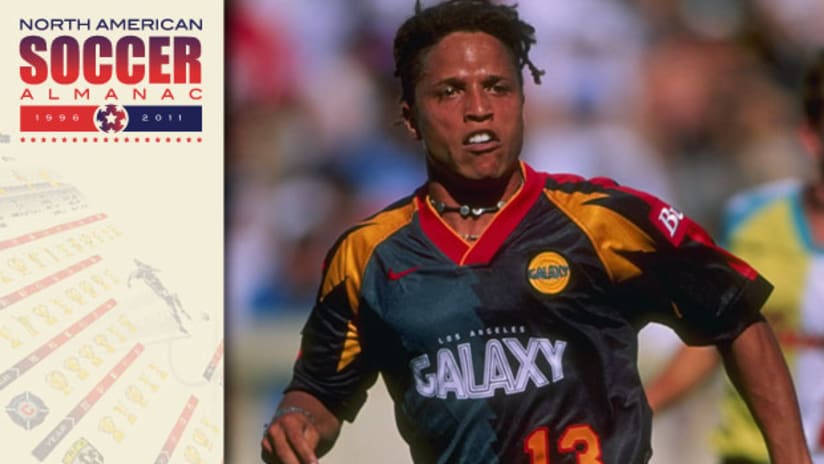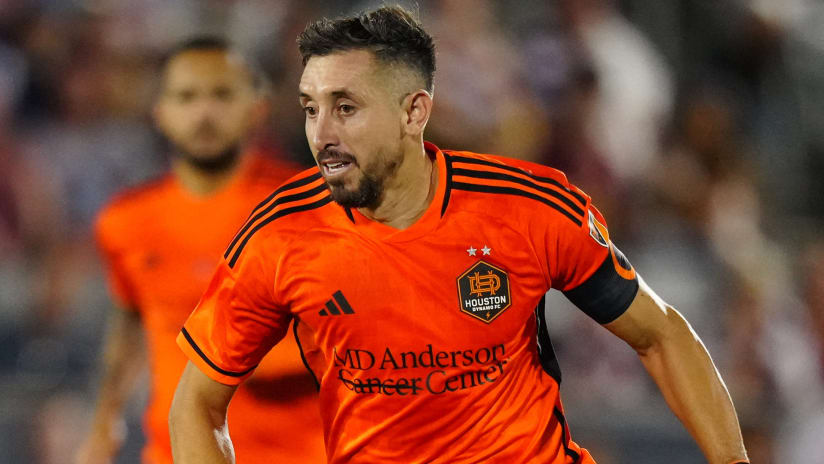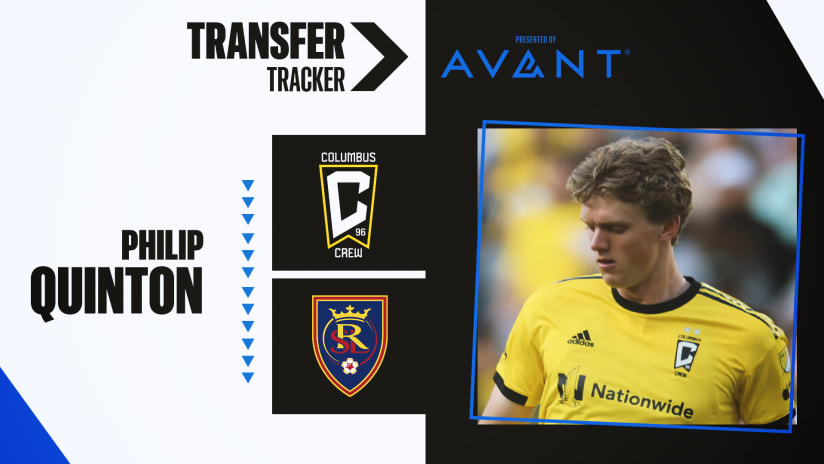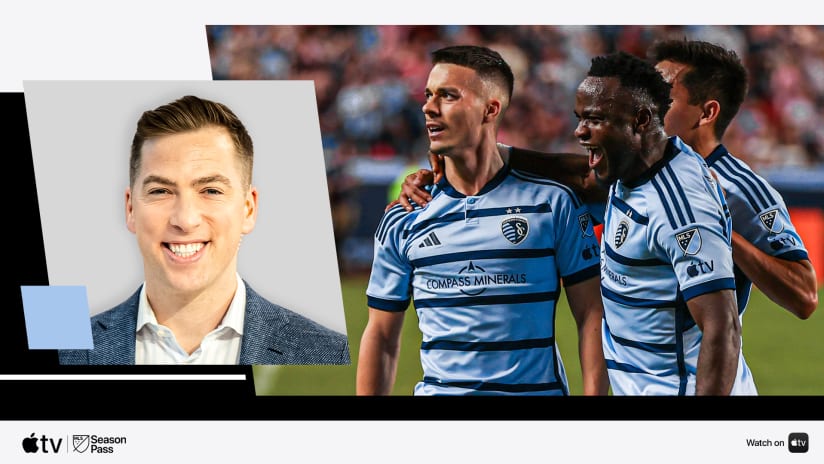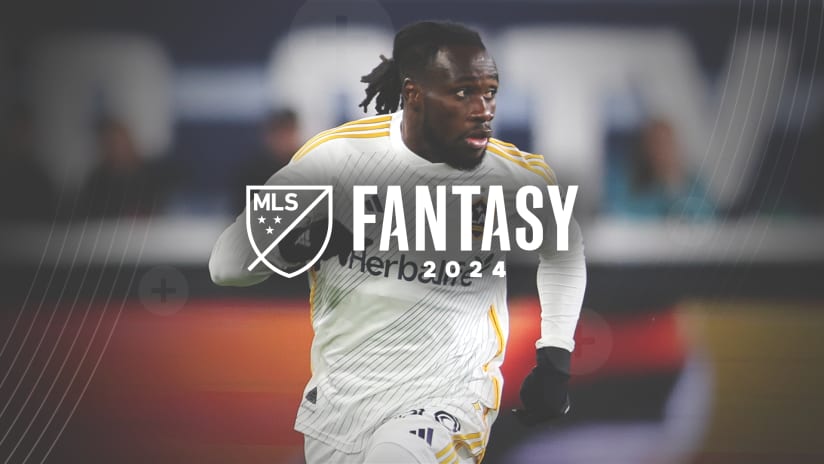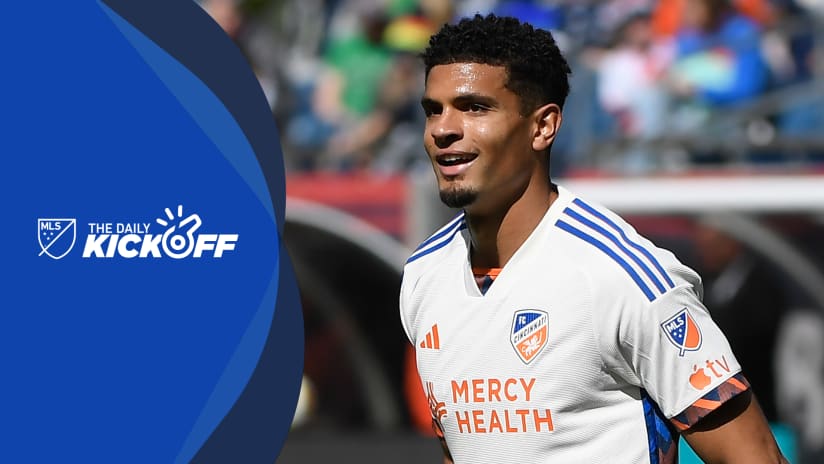As Major League Soccer hits the homestretch of its 16th season with more teams, more DPs and more soccer-specific stadiums than ever before, we decided to ask a few guys who played in the league in its inaugural season of 1996 to give us their thoughts on where MLS is now compared to where it stood then.
In a nutshell, we wanted to know if there is anything happening in the league now that they’d never thought they’d see back in 1996.
“It’s sort of night and day where the league is now, compared to where it started off,” says National Soccer Hall of Famer Jeff Agoos, who spent the 1996 season with D.C. United. “I think there was an explosion of curiosity in 1996 about what it would be like—a full, Division 1 professional league—because that really hadn’t been here for a number of years, since the NASL. So there was a lot of curiosity. But now, in 2011, we’re beyond curiosity, and we’re at the stage of, ‘How big is this going to become?’”
Cobi Jones, a three-time World Cup veteran and the all-time leader in caps for the US, spent 12 seasons with the LA Galaxy, beginning in ’96.
“The first [big difference], right off the bat,” he says, “is the number of soccer-specific stadiums and the level that those stadiums are at now. We were playing on borrowed fields, not only for games but also for training. To have a situation now where you have stadiums surrounded by fields that are just for the soccer team, is incredible. That’s something that we had hoped for back in ’96, but we couldn’t really imagine it.”
“What stands out for me is just the number of teamsnow, compared to ’96,” says New England Revolution vice president of player personnel Mike Burns, who suited up for the Revs in ’96. “As a player back in ’96, you hoped for expansion, and you hoped for things like soccer-specific stadiums, but initially, your hope was that the league would still be around. But the number of teams now in the league, and the number of soccer-only stadiums, those are two things that show how the league started, and where it’s at, and hopefully where it’s going.”
What about things like chartered flights to Mexico for CONCACAF Champions League games, or Thierry Henry not only being in the league but also leading MLS in scoring?
“As for players [like Henry], that wasn’t something that we were even thinking about at that time,” says Jones. “And charter flights to Mexico and to Central America, that really shows that ownership has taken a completely different view of the game. They’ve come to realize the importance of the comfort and the recovery time of the players, and that’s something that shows you that the game is going to the next level.”
Of course it didn’t come out of nowhere, and it didn’t happen overnight, says Agoos, who currently works as the league’s technical director of competition.
“Players like Henry coming in and the charter flights, and scouting departments, and academy teams, and just moving into a more professional mode—that all derives from when we started in 1996. And before that, honestly: The starting point to all of this was qualifying for the World Cup in 1990.”
Paul Caliguiri’s "Shot Heard 'Round the World" gets louder every year.

